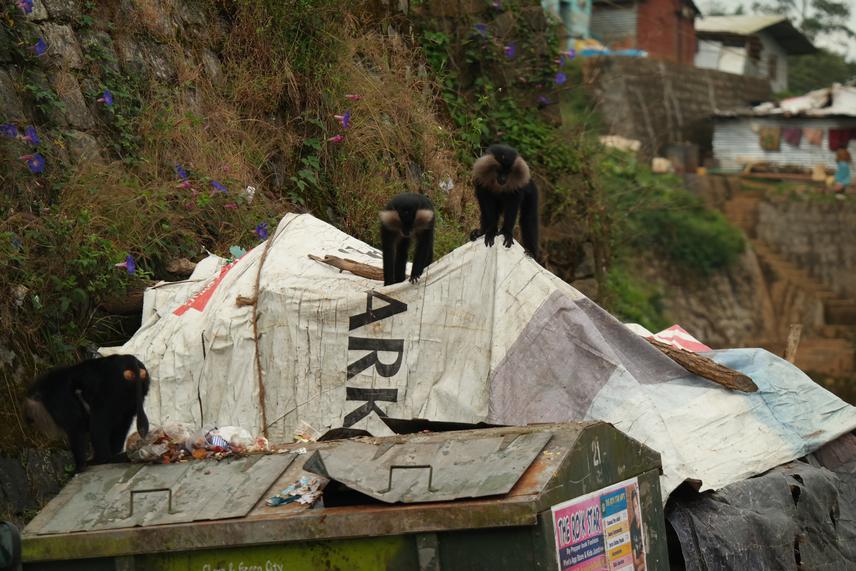Ashni Dhawale
Other projects
15 Jan 2020
Ecological and Behavioural Adaptations of the Endangered Lion-Tailed Macaque to a Rainforest–Anthropogenic Habitat Matrix in India: Implications for Management II
1 Feb 2024
Impact of Monkey-Proofing on Human-Macaque Conflict: Conservation of the Endangered Lion-Tailed Macaque in the Southern Western Ghats, India
Wildlife populations are increasingly facing human-induced pressures, especially in tropical countries like India. Even rainforest species, such as the lion-tailed macaque Macaca silenus, are now being compelled to interact, often negatively, with humans. I aim to document the behavioural adaptability of a unique subpopulation of lion-tailed macaques, as it confronts a variety of human-modified habitats in the Western Ghats Mountains of southern India, for the first time in the evolutionary history of the species. I, therefore, hope to better understand the behavioural adaptability of this habitat-specialist primate to rapidly changing anthropogenic regimes and develop conservation strategies for this highly endangered species.

LTMs have now begun to incorporate human-use foods in their diet and garbage dumpsters are a major source of this food.
The goals of the proposed study are to uncover the behavioural responses of the lion-tailed macaque groups that are increasingly utilising the anthropogenic landscape surrounding their rainforest habitats on the Valparai Plateau, India, and initiate long-term monitoring of the subpopulation of the Puthuthottam rainforest fragment. The Plateau is a landscape that has experienced large-scale expansion of tea and coffee plantations, and extensive clear felling over the last century; with the increasing fragmentation of its rainforests, Valparai is likely to provide an important model system to understand how currently threatened rainforest primate species respond to the loss and fragmentation of their natural habitats and increasing interactions with local human communities.
Objective 1: Documenting and characterising the rainforest fragments on the Valparai Plateau with resident lion-tailed macaque groups, which have begun to utilise the surrounding anthropogenic landscape matrix and interact with the local human communities
Objective 2: Gaining insight into the adaptability of the lion-tailed macaque subpopulation of the Puthuthottam rainforest fragment by documenting their ranging, foraging and social behavioural responses to altered anthropogenic habitats
Objective 3: Promoting co-existence between the lion-tailed macaques and the local human communities on the Plateau by implementing specific management strategies
Disease transmission will be prevented by ensuring that there is no direct contact between the researcher and the macaque subjects. The study is designed to include the non-invasive following of lion-tailed macaque troops.